Effectiveness of the Seafood HACCP Alliance
The seafood industry was one of the first food commodities in the United States to be regulated under a mandatory Food and Drug Administration (FDA) Hazard Analysis Critical Control Point regulation. HACCP regulation 21CFR123 required affected firms to perform a hazard analysis of their products and operations and prepare an HACCP plan if any hazards were found. Regulators and educators were concerned with the industry’s ability to comply with the regulation, since most seafood firms are small businesses that are not highly capitalized, lack technical staffs and are not geographically concentrated.
In order to inform the industry and improve compliance, the Seafood HACCP Alliance was formed. The alliance was a cooperative venture among several Sea Grant and Land Grant educational institutions, government agencies (FDA, National Marine Fisheries Service and U. S. Department of Agriculture), professional organizations (Association of Food and Drug Officials and its regional affiliates), and trade associations (National Fisheries Institute, National Food Processors Association).
The alliance developed a three-day instructional curriculum and a series of educational materials. The Seafood HACCP Alliance also established a “Train-the-Trainer” program to provide a cadre of educators to present standardized educational programs throughout the country at a reasonable cost, since any program offered at a cost exceeding $100 required justification. Alliance course participants received an Association of Food and Drug Officials certificate, with their name retained in a permanent file by the organization.
Ensuring seafood safety
While there has been some criticism relative to the degree of the industry’s compliance with the HACCP regulation, there is a general consensus among educators and regulators that tremendous strides have been made in ensuring the safety of fish and fishery products as a result of the regulation. Ken Gall, New York Sea Grant seafood specialist at Cornell University, conducted a survey of seafood firms to determine the effectiveness of the Seafood HACCP Alliance courses.
Survey results
It was noteworthy that 77 percent of the firms believed they would not have been able to comply with the FDA regulation without participation in a Seafood HACCP Alliance three-day course. Also, over 90 percent of the respondents reported the alliance training course provided the information they needed to develop an HACCP plan, understand FDA’s guidance information, and comply with the FDA seafood HACCP regulation.
The alliance’s curriculum and materials were rated highly effective, with 88 percent of the surveyed firms reporting that their employees were able to prepare their HACCP plans after completing the course. Survey respondents indicated that other elements of the course, including food safety and sanitation, were also important topics (Fig. 1).
As with any new legislation, many firms had difficulty preparing and implementing acceptable HACCP plans. Aone-day Encore program was developed and offered to those firms found to be in non-compliance after a regulatory inspection.

Conclusion
The Seafood HAACP Alliance, a coalition of educational, professional, government and trade organizations, was highly effective in building compliance with the HAACP program. A similar coalition might be helpful in building awareness and implementation of the GAA Responsible Aquaculture Program and Eco-Label.
(Editor’s Note: This article was originally published in the December 2000 print edition of the Global Aquaculture Advocate.)
Now that you've reached the end of the article ...
… please consider supporting GSA’s mission to advance responsible seafood practices through education, advocacy and third-party assurances. The Advocate aims to document the evolution of responsible seafood practices and share the expansive knowledge of our vast network of contributors.
By becoming a Global Seafood Alliance member, you’re ensuring that all of the pre-competitive work we do through member benefits, resources and events can continue. Individual membership costs just $50 a year.
Not a GSA member? Join us.
Author
-
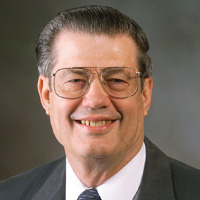
George J. Flick, Ph.D.
University Distinguished Professor
Department of Food Science and Technology
Virginia Tech
Blacksburg, Virginia, USA[117,100,101,46,116,118,64,103,107,99,105,108,102]
Tagged With
Related Posts
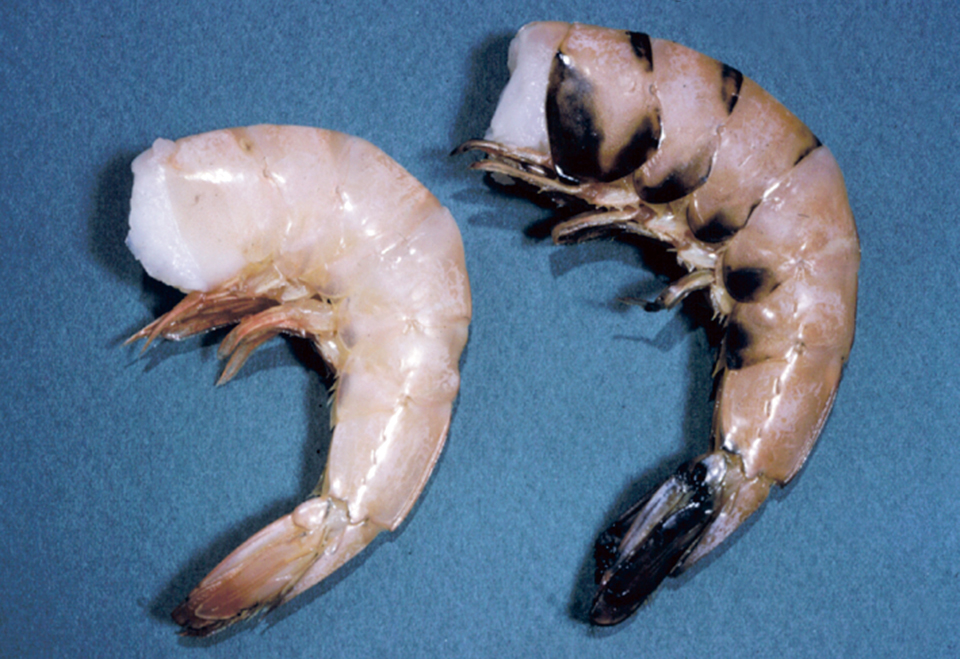
Intelligence
4-hexylresorcinol: sulfite-free control for melanosis in crustaceans
4-hexylresorcinol in a nonsulfite processing treatment against melanosis in crustaceans inhibits natural enzymes for shell hardening.
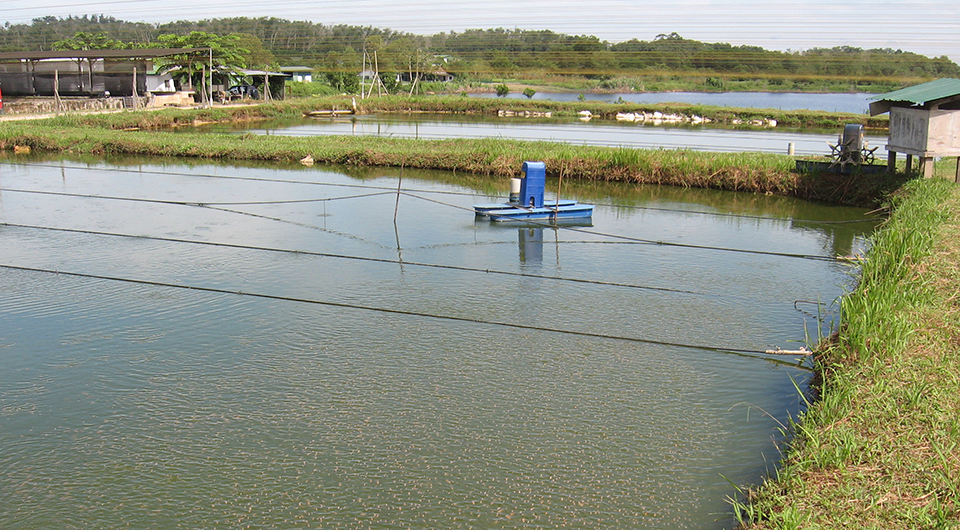
Responsibility
Are seafood safety requirements pointing to vertical integration?
Vertical integration to control the product from the first stages of production through packaging is an excellent way to minimize preventable risks.
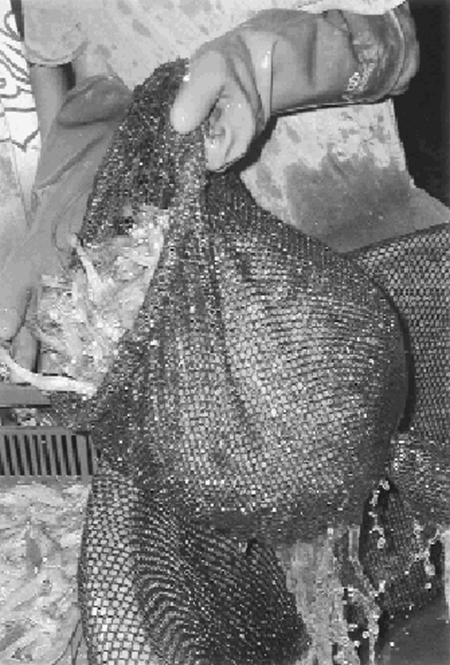
Health & Welfare
HACCP implementation at shrimp farms
HACCP plans bring the benefits of quality assurance, documented chain of custody, monitoring and inputs and better supervision of employee actions.
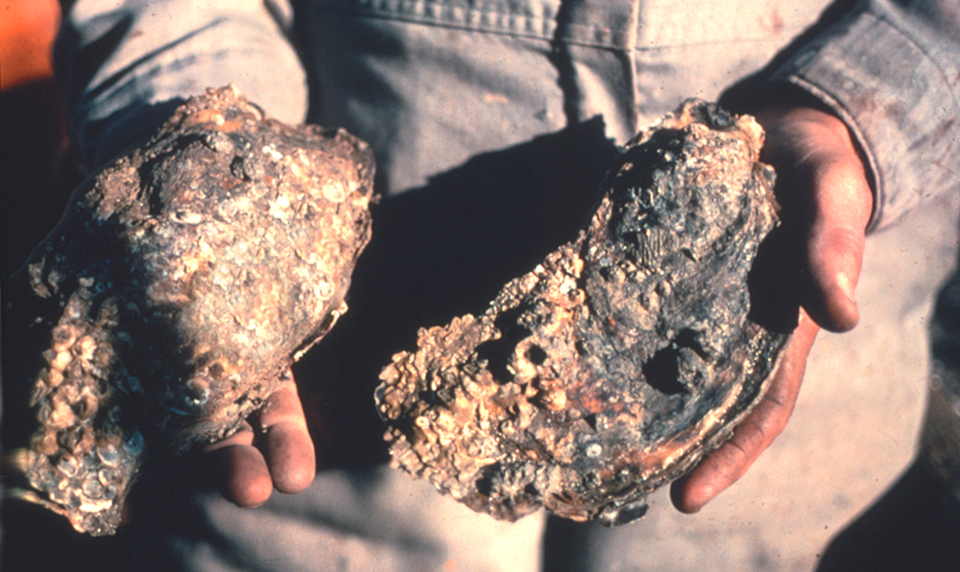
Health & Welfare
Seafood allergies: Varied responses deserve attention
Seafood allergies result in symptoms like hay fever, nausea, vomiting, diarrhea, hives and asthma but some individuals experience severe and occasionally fatal anaphylactic reactions.

